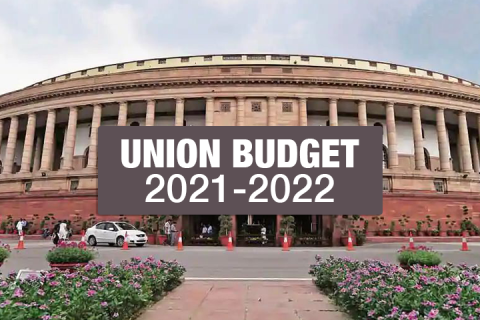Getting a loan is not an easy task for most people. While salaried professionals will have to meet credit scores, and furnish multiple documents proving their ability to repay the loan, the task becomes doubly difficult for those who are not earning.
Senior citizens fall in the latter category. The most common reason for senior citizens being denied loans is the absence of a regular income. Reassuringly, change is in the air, and banks are loosening their purse strings to benefit senior citizens as well. Here, we take a broad look at the options that senior citizens have if they want to take a loan.

Senior citizens will require loans for several reasons. Organising their children’s weddings, home repairs or renovation, medical expenses or even a well-deserved holiday. A senior citizen can avail one if he or she can give solid collateral. However, the borrower must also show proof of pension, and the repayment of the loan must be done before the borrower turns 75.

Obtaining home loans can appear like an uphill task even for younger citizens who draw a steady income. While it was a more tedious task earlier, banks have made home loans more accessible to senior citizens over the years. After all, it’s never too late to get a home of your own!
Opting for a joint home loan if their co-applicant is still a salaried employee eases the process considerably. Additionally, if the co-applicant is a joint property owner with the borrower, then there are tax benefits that can be applied to both the principal and interest. You also become eligible for lower interest rates if your co-applicant is a woman.
However, avoid trying your luck with multiple applications to several banks as this can hurt your credit score to a great extent even if you had an impeccable credit score until the time of application. Use online tools to check eligibility, calculate EMIs, and research on the financial institutions that are most amenable to provide loans for senior citizens.
Step up your eligibility and shorten the tenure of your EMI by opting for a lower loan-to-value (LTV) ratio. LTV is the proportion of the property’s value that is financed by the bank. Depending on the availability of your personal funds set an LTV that is as low as possible while not compromising on your monetary comfort.

Reverse mortgage loans (RML) had been around in the US for at least two decades when they were introduced in India in 2007. RML is the exact opposite of a home loan, in that it allows the borrower to pledge property to obtain a loan, which will be paid out every month like a salary.
RML is available for citizens above 60 years of age, and who have residential property to their name. If the borrower is opting for a joint application, the co-applicant must be above 55 years of age. The repayment period is fixed between 15 and 20 years depending on the financial institution. Post this period the borrower can claim back ownership of the house by repaying the remainder if any. If the individual is unable to pay, the house will be sold by the bank to settle the amount. RML is easy enough to obtain as it does not demand proof of income or a solid credit history like other loans.
RML is undoubtedly a useful option to have as it enables the borrower to meet daily expenses and pay for basic necessities like groceries or medical bills. Yet, it hasn’t taken off in India as it was expected to. The reasons for this are many with one of the primary ones being an emotional attachment to the property. The elderly in India tend to live in the same house for many years and plan to pass it on to their family upon their death as an inheritance and asset. Using this valuable asset to fund day-to-day needs has never really appealed to senior citizens.
Another reason is that the loan amount has a ceiling of Rs 50 lakhs to 1 crore depending on the lender. For people residing in cities where real estate is a strong market, the value of their property can go up to 3 crores or more, which makes the RML scheme quite unattractive.
The perceived risk of being unable to finish the loan at the end of the tenure and losing their precious home during their most vulnerable years, as well, has made RML an altogether unpopular option.
However, these aspects are completely dependent on the financial situations and future prospects of each individual. RML can be the perfect option for those who are looking for some additional support, and already have some financial security as a cushion.






Thank you for sharing such a nice piece of information. After retirement financial planning is very necessary for senior citizens because after retirement or in your old age your expenses only increase like medical expenses and for meeting them a short-term loan is a good option.
Thank you for the article! It’s good to know the elder people are getting more chances for financial support now. I’m wondering how does the repayment works if the senior citizen suddenly dies. Their relatives take it over?